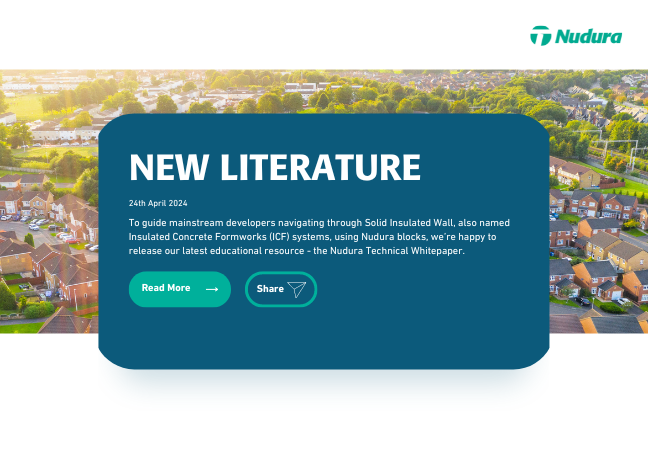Dispelling common myths about insulated concrete forms (ICFs)
Everyone has heard about the use of insulated concrete forms (ICFs), whether you’ve seen it on your favourite tv programme, or had conversations with architects. This technology is one that is rapidly gaining momentum within the UK building industry.
Boasting a variety of advantages, ICFs are gradually being adopted as the new standard for the construction of various types of buildings from single-family homes to commercial structures. Builders, designers, architects, and main contractors are embracing this technology to keep their buildings as energy efficient as possible whilst saving on construction times and costs.
Nevertheless, several myths and misconceptions persist today.
ICF Buildings are an eyesore
Dwellings made of ICFs can look just like any other house. The outside surfaces can be finished with brick, stone, wood or modern EWI styles, whilst the inside can feature unique designs and creative architectural shapes for attractive unique features.
ICF Buildings are only effective for colder climates
ICFs are perfect for both hot and cold climates thanks to their insulating properties. The only difference with an ICF property is that you will need less energy for mechanical heating and cooling – ultimately delivering building owners cost savings throughout the year.
Constructing with ICF is too complicated
Just like any other construction method, ICFs should be installed by professionals. Our approved network of distributors can put you in contact with trained Nudura installers, who will make the build process as seamless as possible. Within days you could have the structure of your home!
Enquire about Nudura today!










